The Living System
April 2021 ––Openness to experience is the degree to which a person is willing to consider new ideas and opportunities. Being able to bring together seemingly different methods and worlds requires that we keep an open mind and cultivate our curiosity to create a multidisciplinary collaboration.
Munky has been a proud Z by HP Brand Ambassador for over two years now, and had an idea for an amazing collaboration amongst all the 7 Global Ambassadors – to essentially reflect on how the last year pandemic has made us revaluate everything and how we’ve all felt a need to re-connect with nature. Each of the ambassadors did a section of a groundbreaking short film where they had to experiment with entirely new approaches and techniques, while vibrantly expressing their own visual styles. Essentially going from micro to macro, zooming out into their different views of reality, while reflecting on how the lines between the individual vs community have been constantly blurred, beyond awareness.
The result is a Collaborative Film with a story centered around Energy, Creation, Interaction and Adaptive Environments. Where cellular worlds morph into mesmerizing fluid simulations, vast mountain ranges and lush cityscapes overgrown with flora in “The Living System,” a short film and collaborative project by Z by HP’s diverse team of global creative ambassadors. The seven Z by HP ambassadors derived inspiration from nature, the elements, and universal energy, pushing the boundaries of their art through experimentation with creative tools.
Munky has been a proud Z by HP Brand Ambassador for over two years now, and had an idea for an amazing collaboration amongst all the 7 Global Ambassadors – to essentially reflect on how the last year pandemic has made us revaluate everything and how we’ve all felt a need to re-connect with nature. Each of the ambassadors did a section of a groundbreaking short film where they had to experiment with entirely new approaches and techniques, while vibrantly expressing their own visual styles. Essentially going from micro to macro, zooming out into their different views of reality, while reflecting on how the lines between the individual vs community have been constantly blurred, beyond awareness.
The result is a Collaborative Film with a story centered around Energy, Creation, Interaction and Adaptive Environments. Where cellular worlds morph into mesmerizing fluid simulations, vast mountain ranges and lush cityscapes overgrown with flora in “The Living System,” a short film and collaborative project by Z by HP’s diverse team of global creative ambassadors. The seven Z by HP ambassadors derived inspiration from nature, the elements, and universal energy, pushing the boundaries of their art through experimentation with creative tools.
The Film
–– 01The Concept
–– 02The project examines The Living System, which is an open, self-organizing life form that interacts with its environment based on opportunity. They grow through continuous learning while their environment adapts over time. The Living System evolves through energy, creation and by interaction, which takes place by means of information and material-energy exchanges. The Living system can be as simple as a single cells or as complex as nature and cities.
The Living System feeds off change. The components are connected in relationships. Each relationship consists of energy, a flow of information, knowledge, or requests, in both directions. Physics teaches us that energy is neither created nor destroyed. But it can change from one form to another. Everything we see and touch consists of matter rearranged by this information and energy.
“If there is a reason I am here, it is to remember that I am made from the same material as the mountains, and the rivers… the moon and the stars. And that we are connected by an invisible field of energy... that is called Nature.
Which transforms all earthly things from no-thing into every-thing. When I remember that, I am a creator of worlds.”
The Living System feeds off change. The components are connected in relationships. Each relationship consists of energy, a flow of information, knowledge, or requests, in both directions. Physics teaches us that energy is neither created nor destroyed. But it can change from one form to another. Everything we see and touch consists of matter rearranged by this information and energy.
“If there is a reason I am here, it is to remember that I am made from the same material as the mountains, and the rivers… the moon and the stars. And that we are connected by an invisible field of energy... that is called Nature.
Which transforms all earthly things from no-thing into every-thing. When I remember that, I am a creator of worlds.”
–– 02
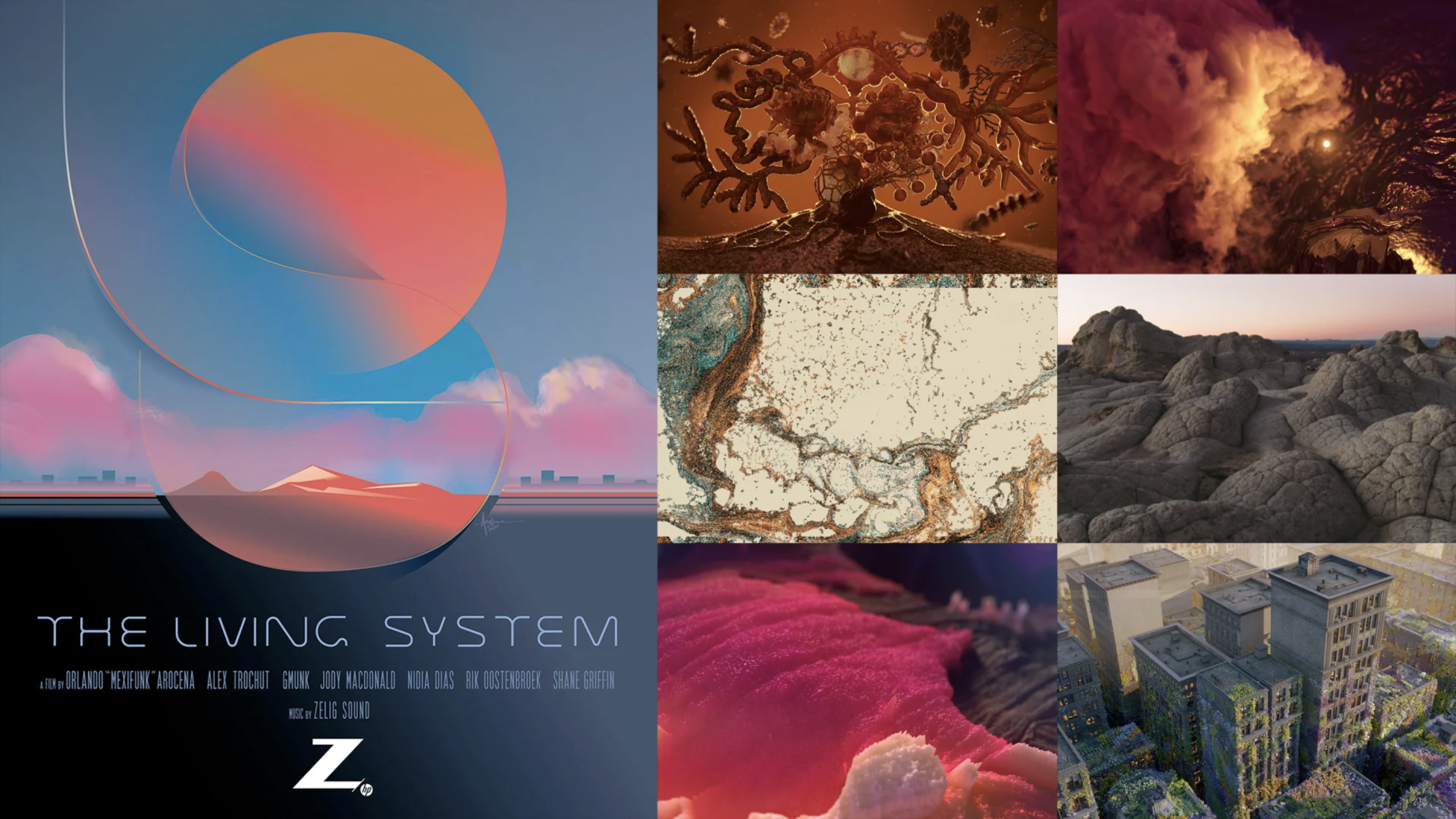
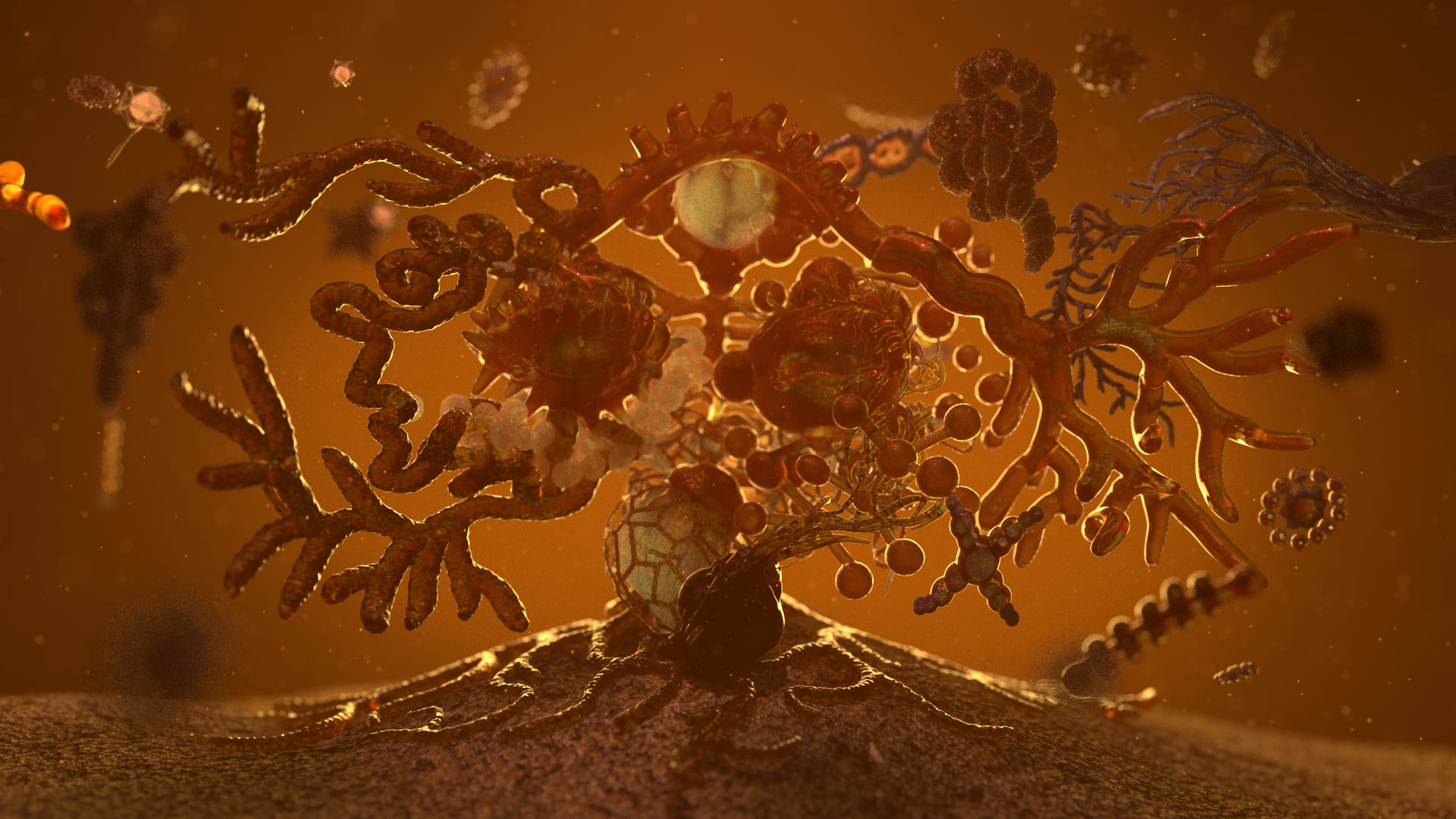
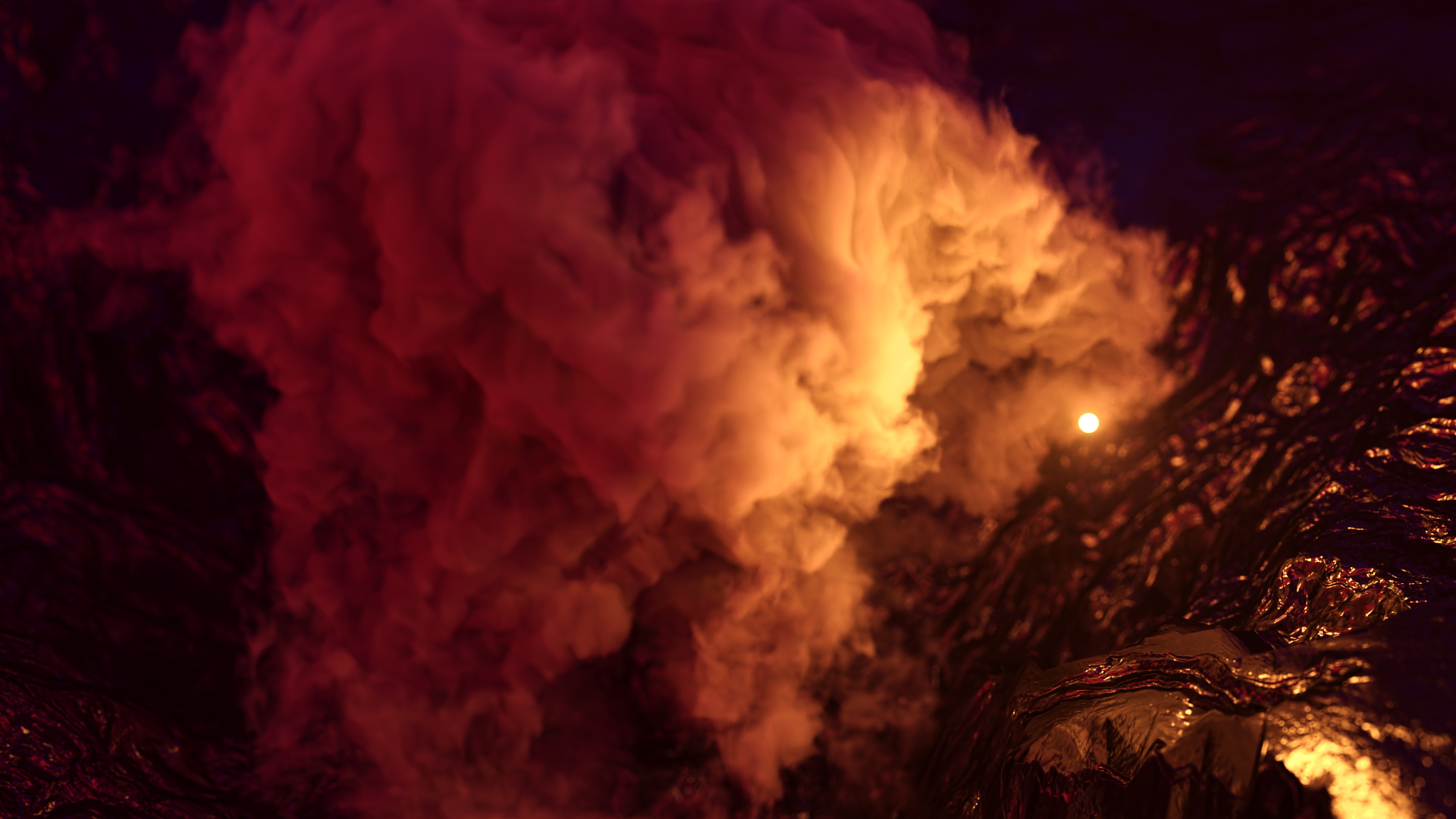


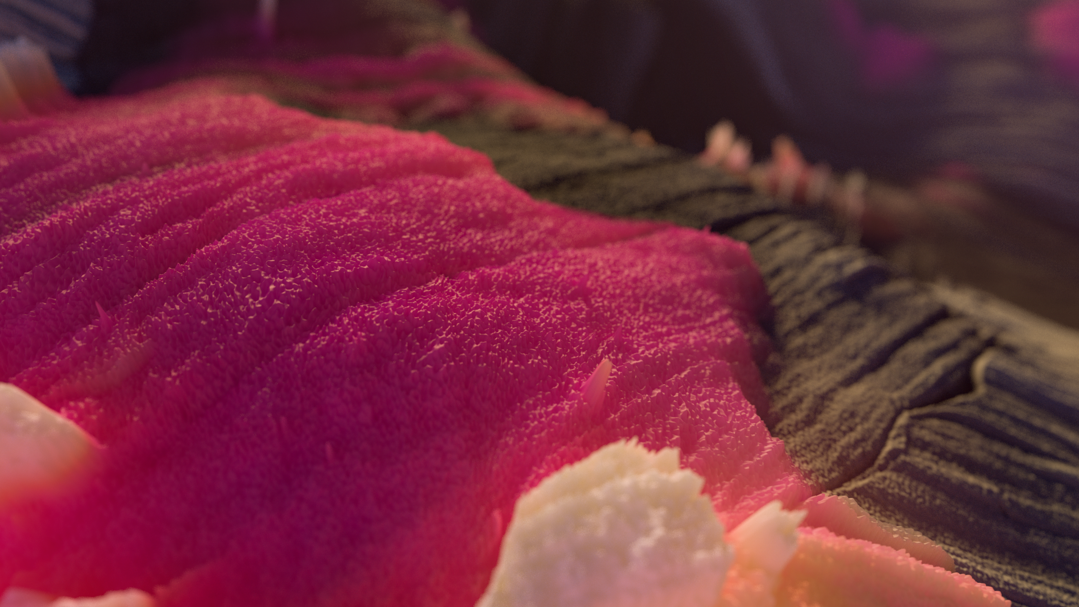
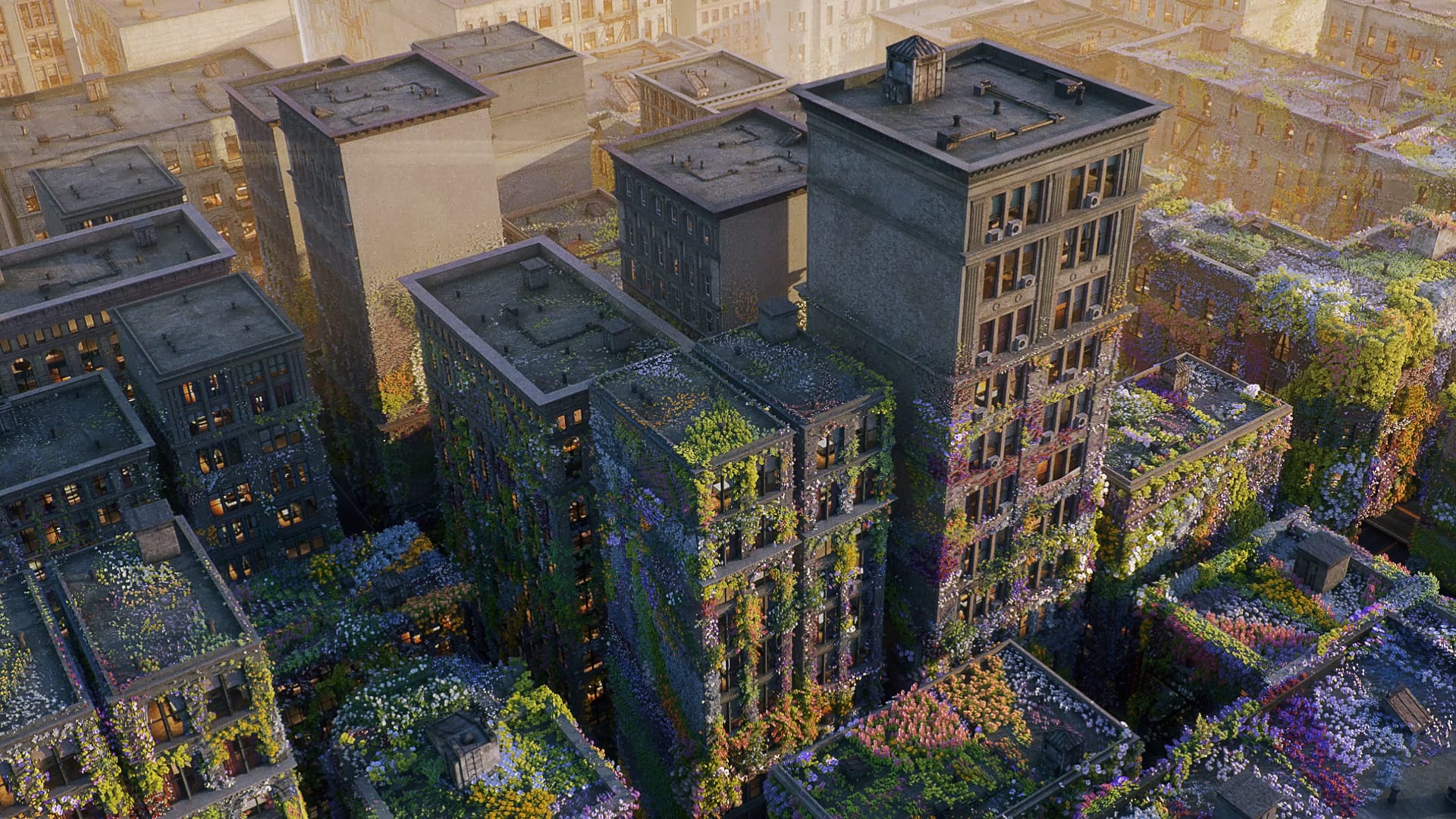
GMUNK’s Vignette
–– 03For Munky’s Vignette, he wanted to explore the conceptual parallels between Creative Flow and Elemental Flow – examining the synchronicities and properties of both and pairing them together to portray the conceptual process behind the creative breakthroughs in image-making.
Munky’s chapter followed Alex Trochut’s journey through the cellular world and explores nature in its infancy. He utilized a fluid dynamic systems of water and air, bathed in sharp terrains and striking lighting to go below the surface and portray energy as it swells and prepares to manifest in beautiful ways.
The key was pairing the processes and creation of natural phenomena in both nature and computer simulations – while blurring the lines between the two. The result is a fast flurry of elemental vignettes and photography set within a moody, dark stroboscopic world of vibrant color, kinetic light sources and organic movement.
Munky’s chapter followed Alex Trochut’s journey through the cellular world and explores nature in its infancy. He utilized a fluid dynamic systems of water and air, bathed in sharp terrains and striking lighting to go below the surface and portray energy as it swells and prepares to manifest in beautiful ways.
The key was pairing the processes and creation of natural phenomena in both nature and computer simulations – while blurring the lines between the two. The result is a fast flurry of elemental vignettes and photography set within a moody, dark stroboscopic world of vibrant color, kinetic light sources and organic movement.
The Film
–– 04The Process
–– 05Following an extended hiatus from 3D work to focus more on Live-Action and Directing, Munky picked up Maya again and learned Bifrost for “The Living System.” His chapter was influenced in part by the high-speed cinematography work he was doing in the live-action realm, shooting at 1,000 FPS with a Phantom 4K Cinema Camera. Building upon that, he set his scene in Maya to 1,000 FPS to capture these ultra slow-motion fluid simulations developed in Bifrost. He wanted the sequence to start with an ominous a portal of spiraling water, so he created the particles emitted from a ring set within a vortex of wind, with a large cylinder spiraling around it that carried sequenced and animated spheres. Using MASH, he instanced light sources to replace the animated spheres to create a stroboscopic and refractive array of point lights. By capturing his high-speed cinematography work in 3D and creating these meshes in Bifrost where everything is connected, he was able to achieve these beautiful sculptures of frozen moments in time.
For the fog simulations, he used Embergen and took its VDB exports into Maya and rendered with Redshift Volume Shapes, using sequenced strobe lighting via the same techniques with MASH. There were also some terrain builds using Quadspinner Gaea that created height maps that he was able to animate using Redshift Displacement Objects.
All of these CG techniques were paired with Full-Spectrum Time-Lapse Photography from Mount Tamalpais and assembled in a rapid editorial sequence that feels as fleeting as a neurological creative stream. The documentation of the process focuses on embracing the principles of digital versus practical and how the intensely rich creative flow can blur the lines between the two.
For the fog simulations, he used Embergen and took its VDB exports into Maya and rendered with Redshift Volume Shapes, using sequenced strobe lighting via the same techniques with MASH. There were also some terrain builds using Quadspinner Gaea that created height maps that he was able to animate using Redshift Displacement Objects.
All of these CG techniques were paired with Full-Spectrum Time-Lapse Photography from Mount Tamalpais and assembled in a rapid editorial sequence that feels as fleeting as a neurological creative stream. The documentation of the process focuses on embracing the principles of digital versus practical and how the intensely rich creative flow can blur the lines between the two.
–– 05
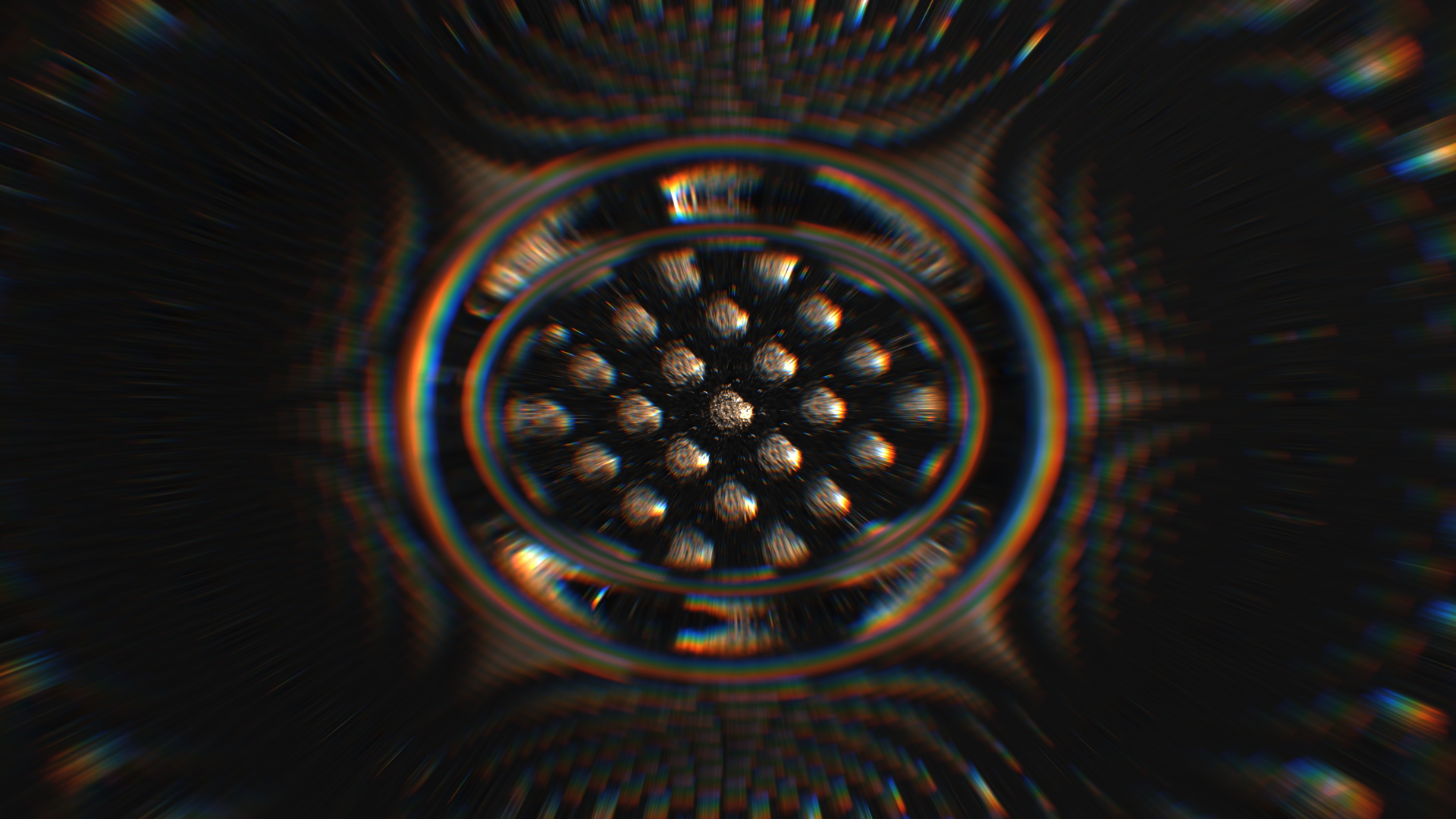
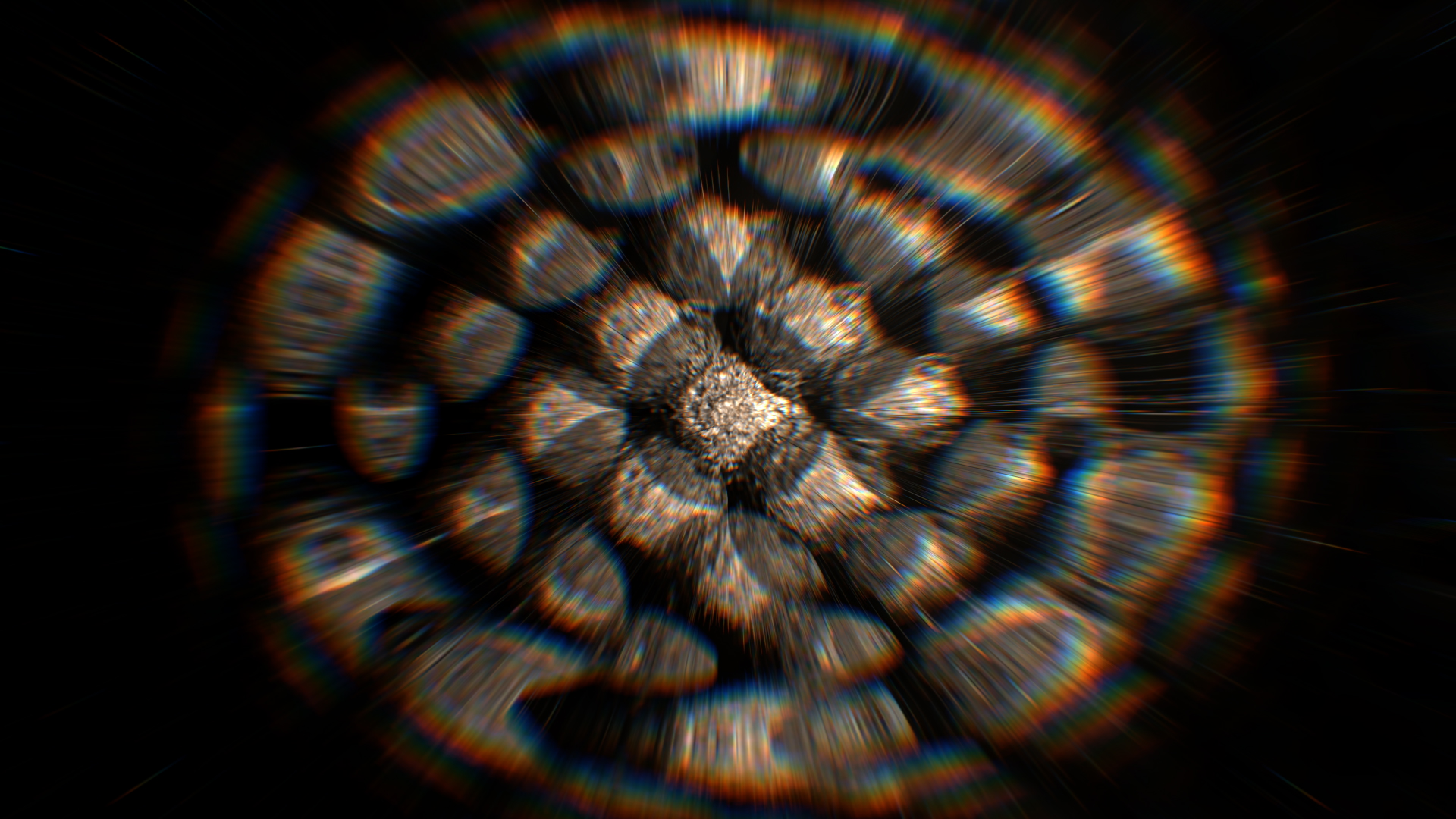
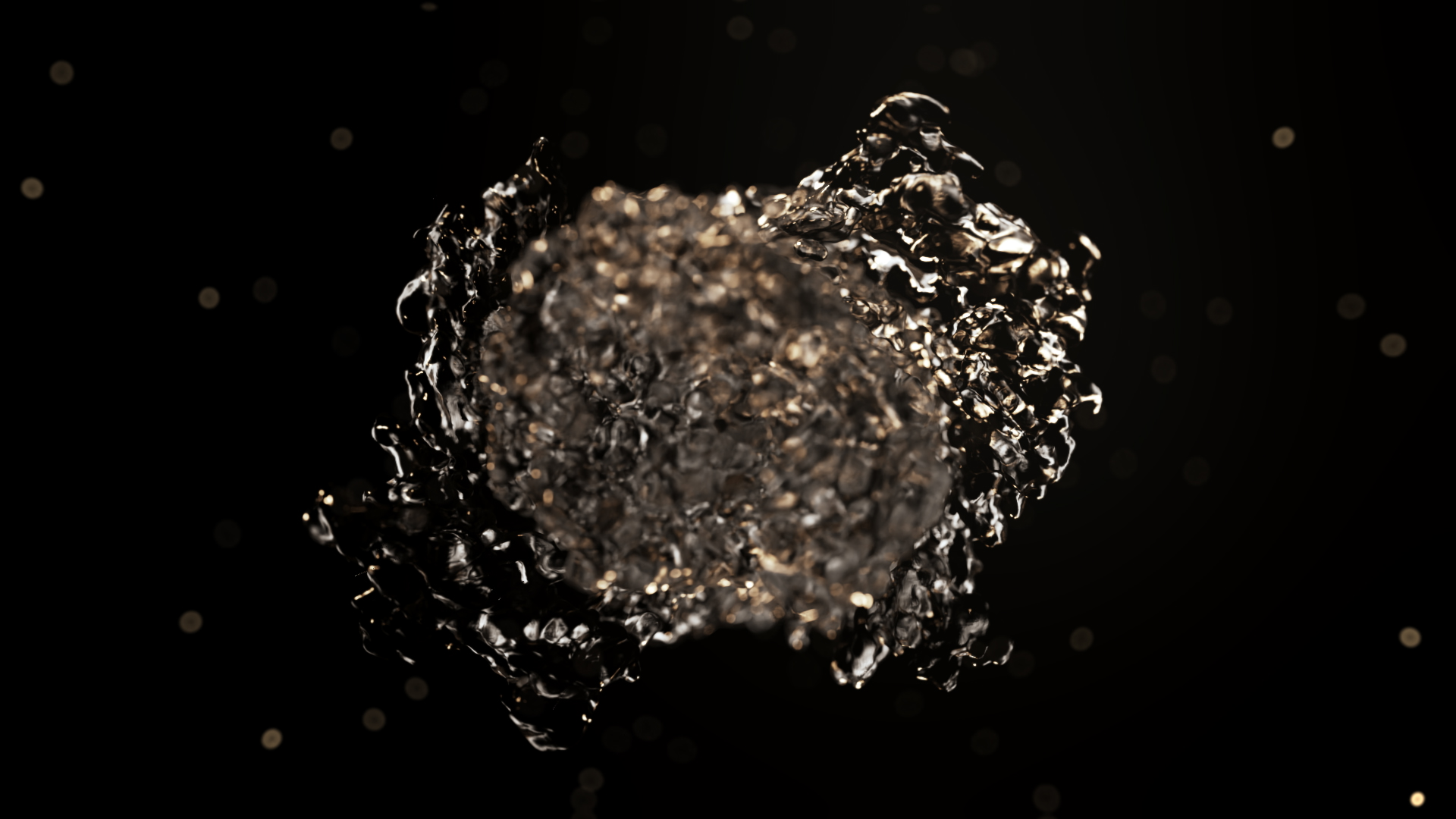
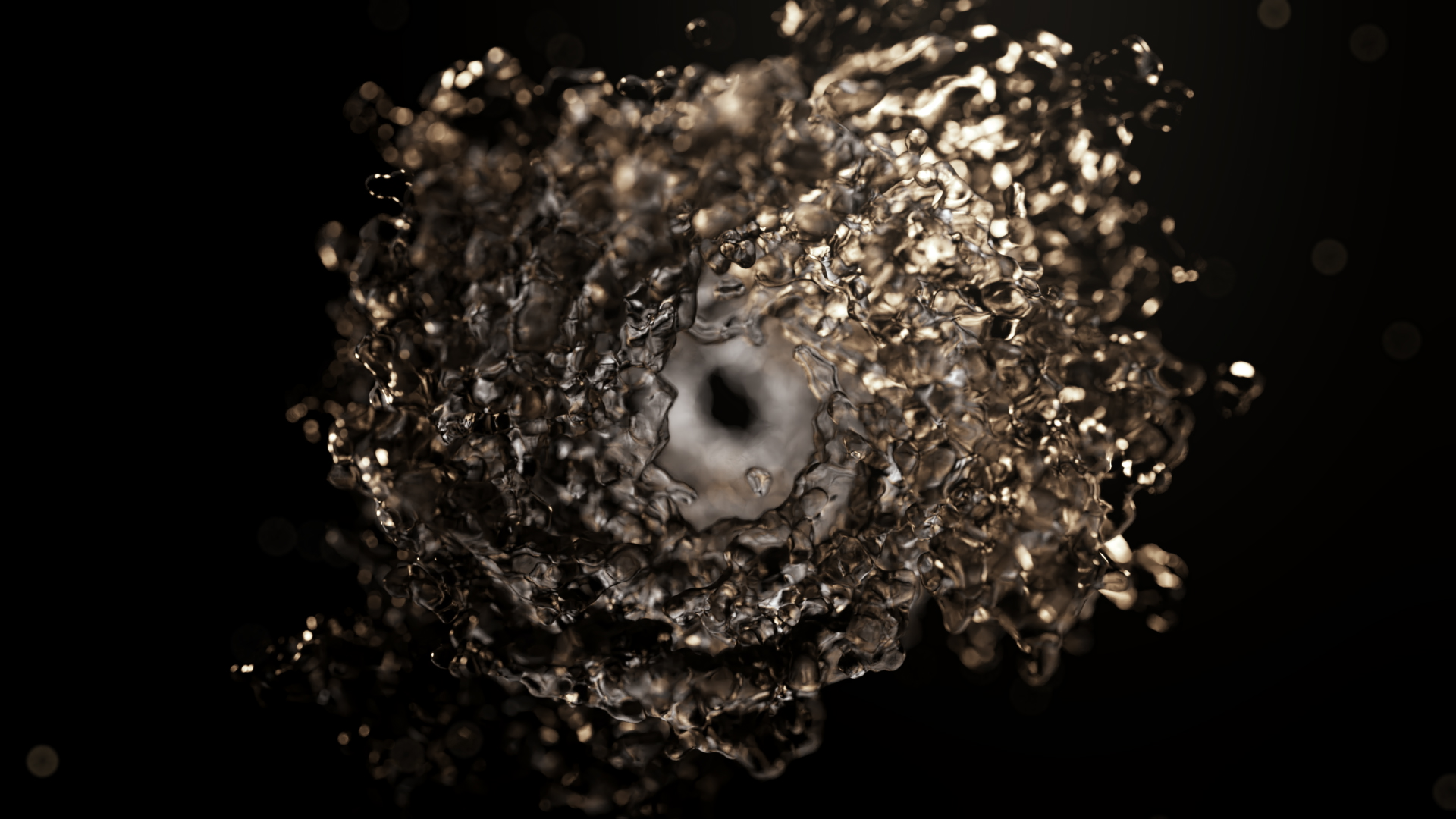
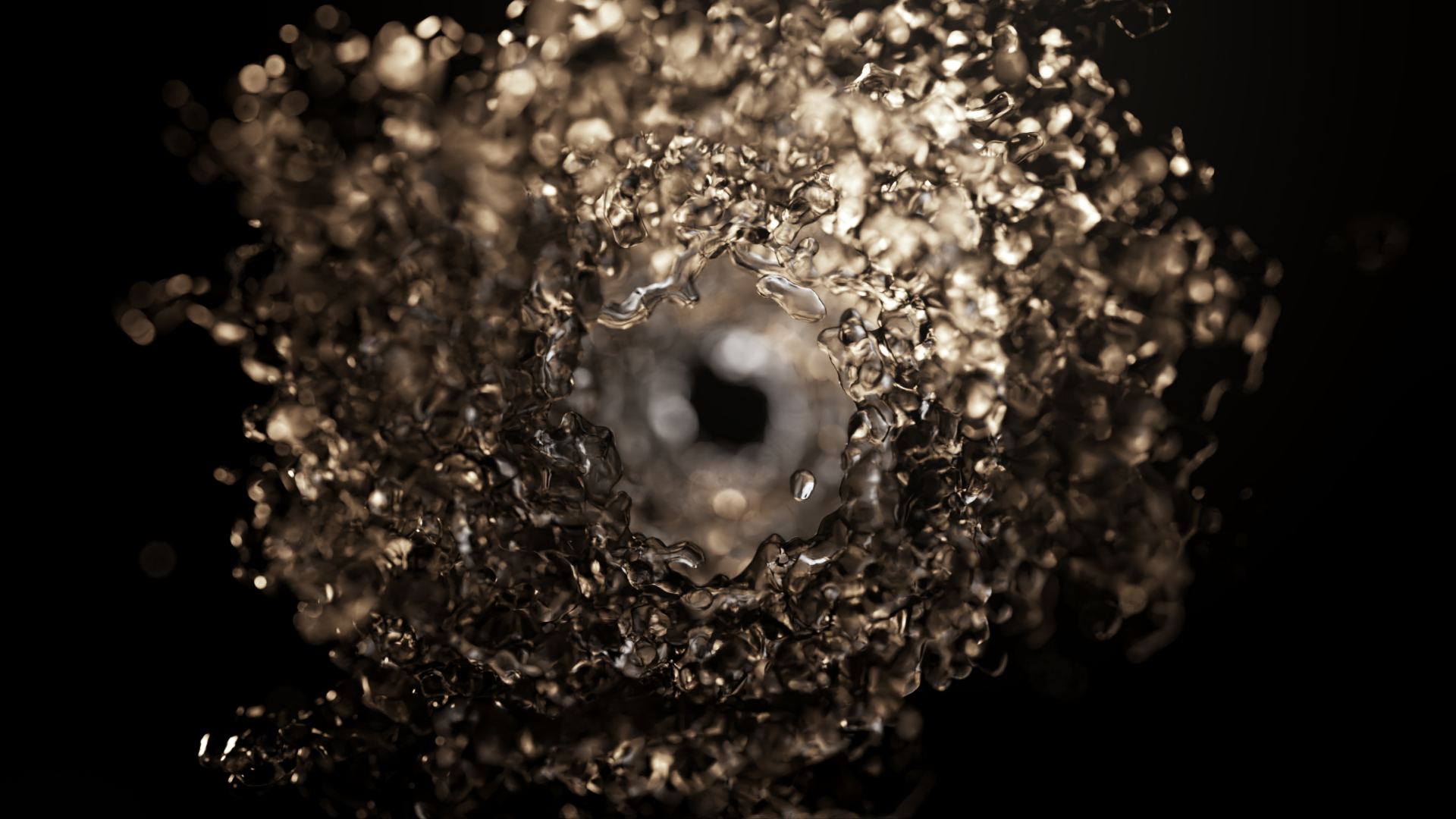
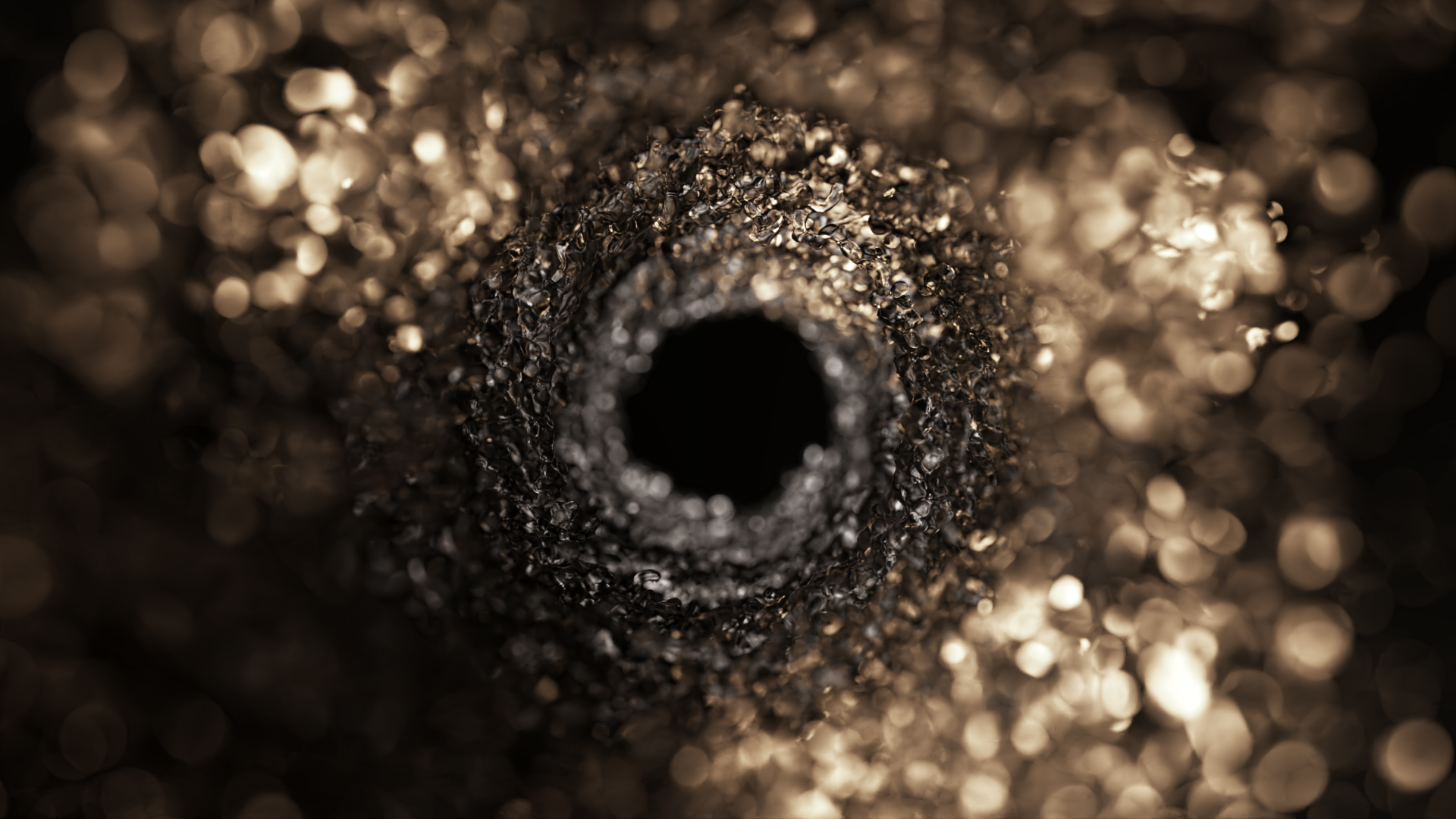
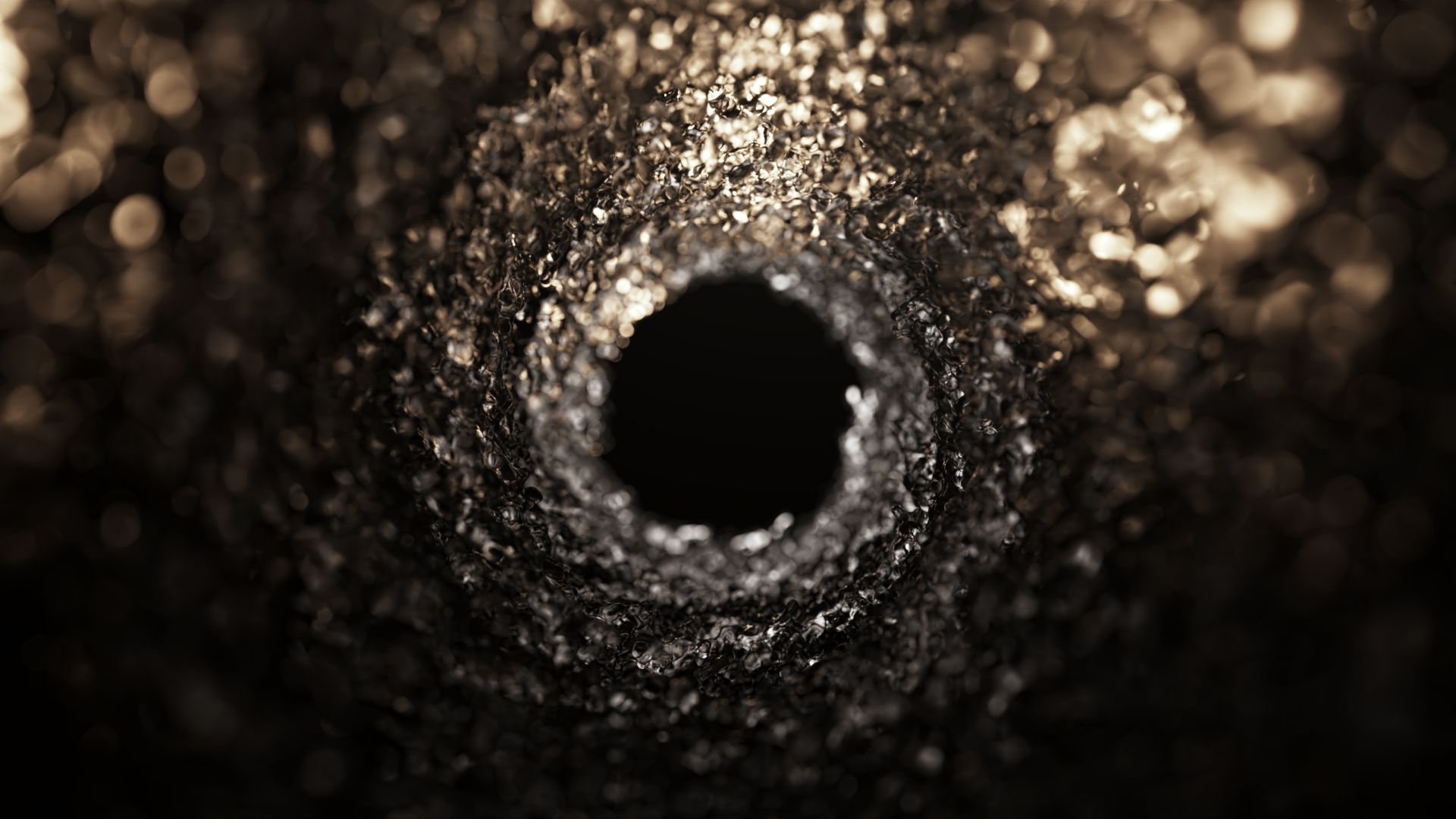
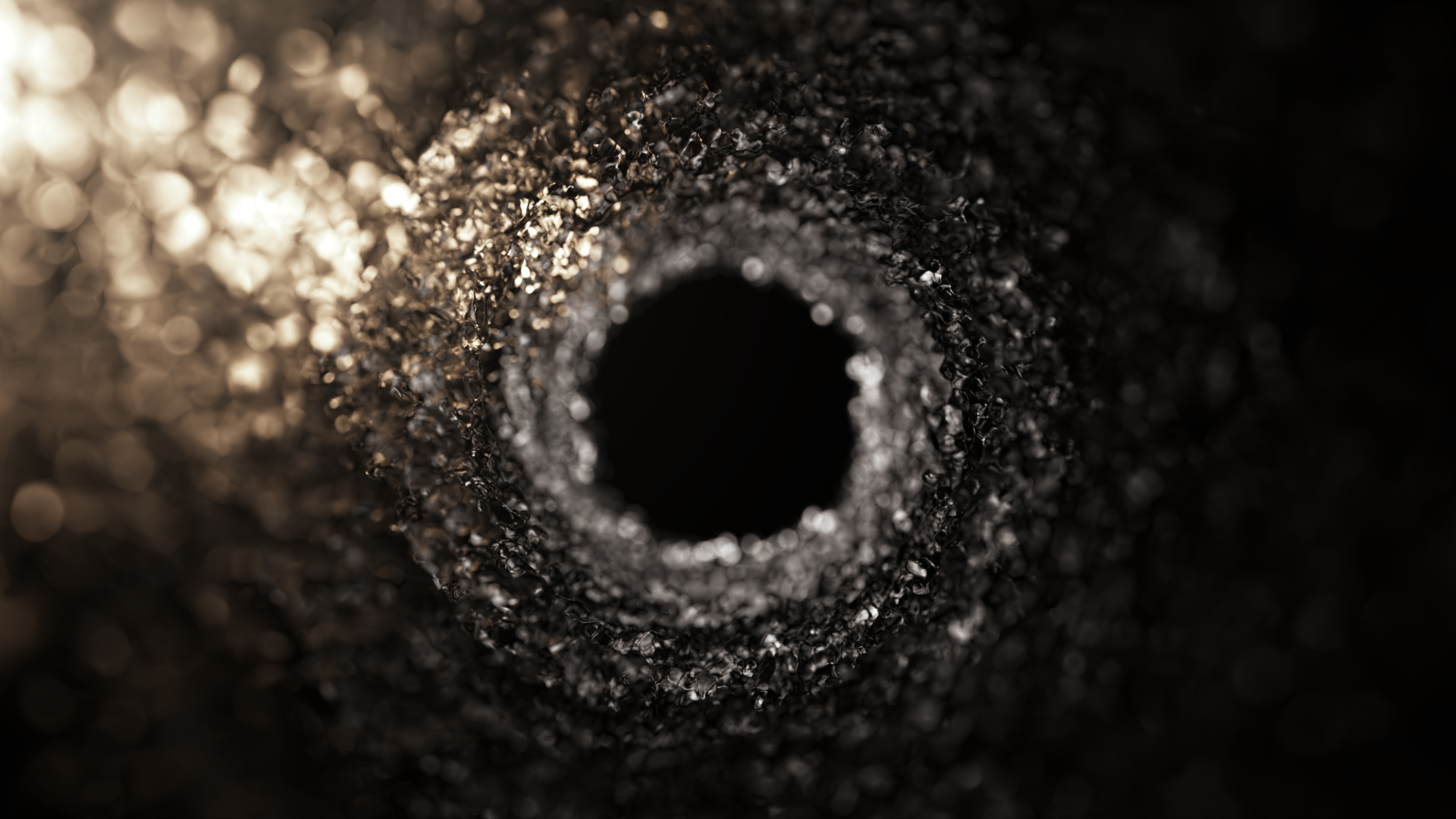
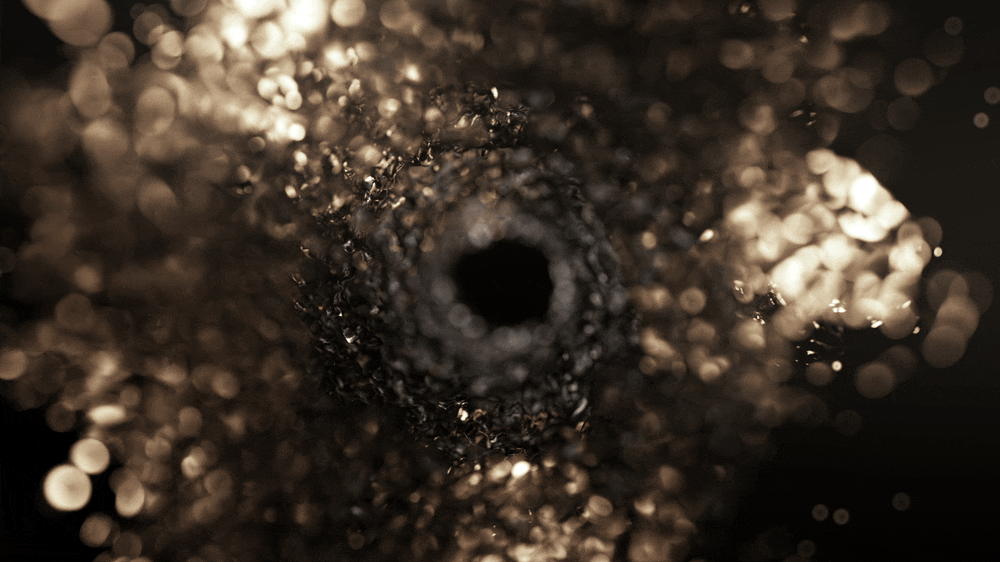
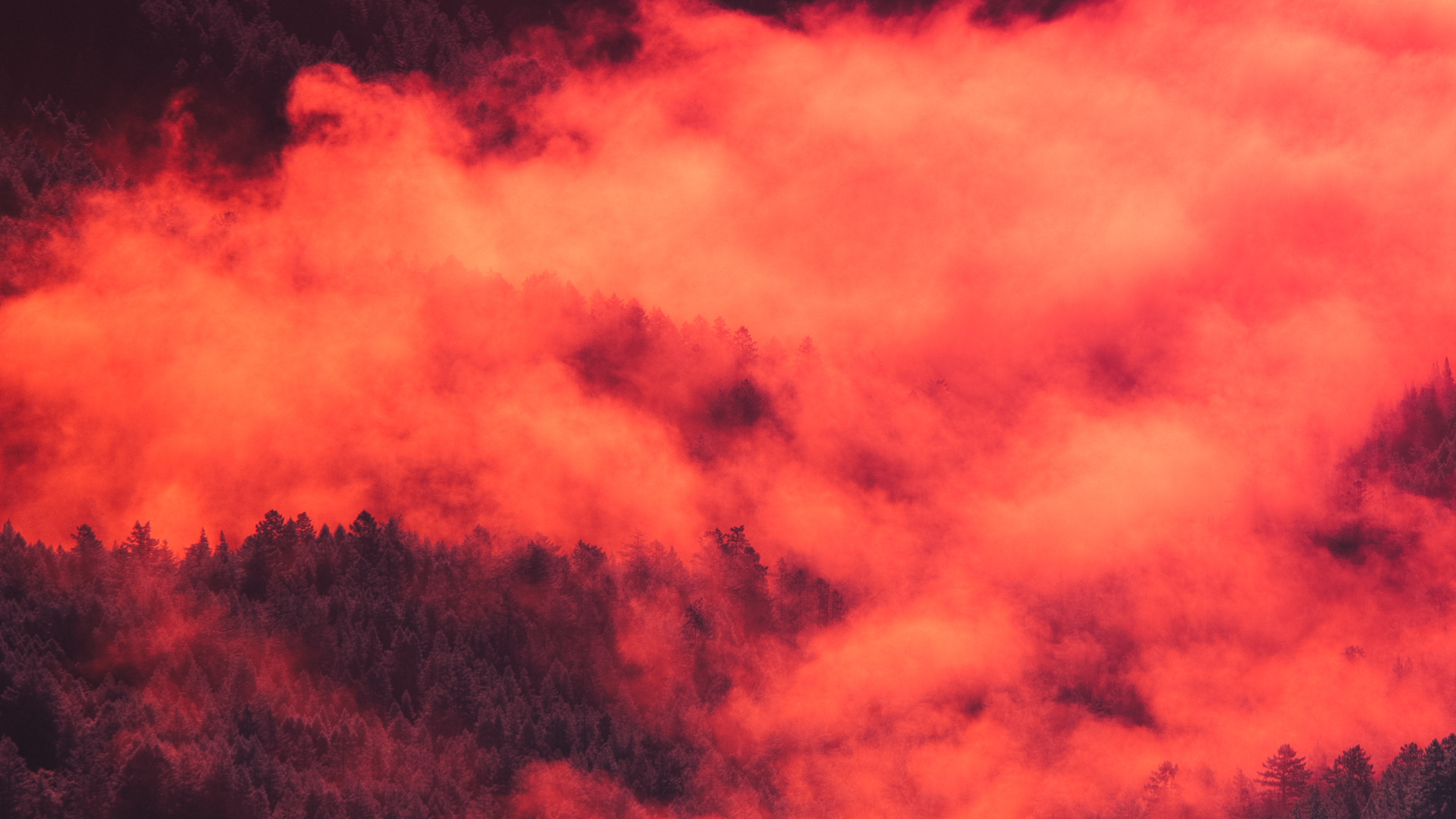
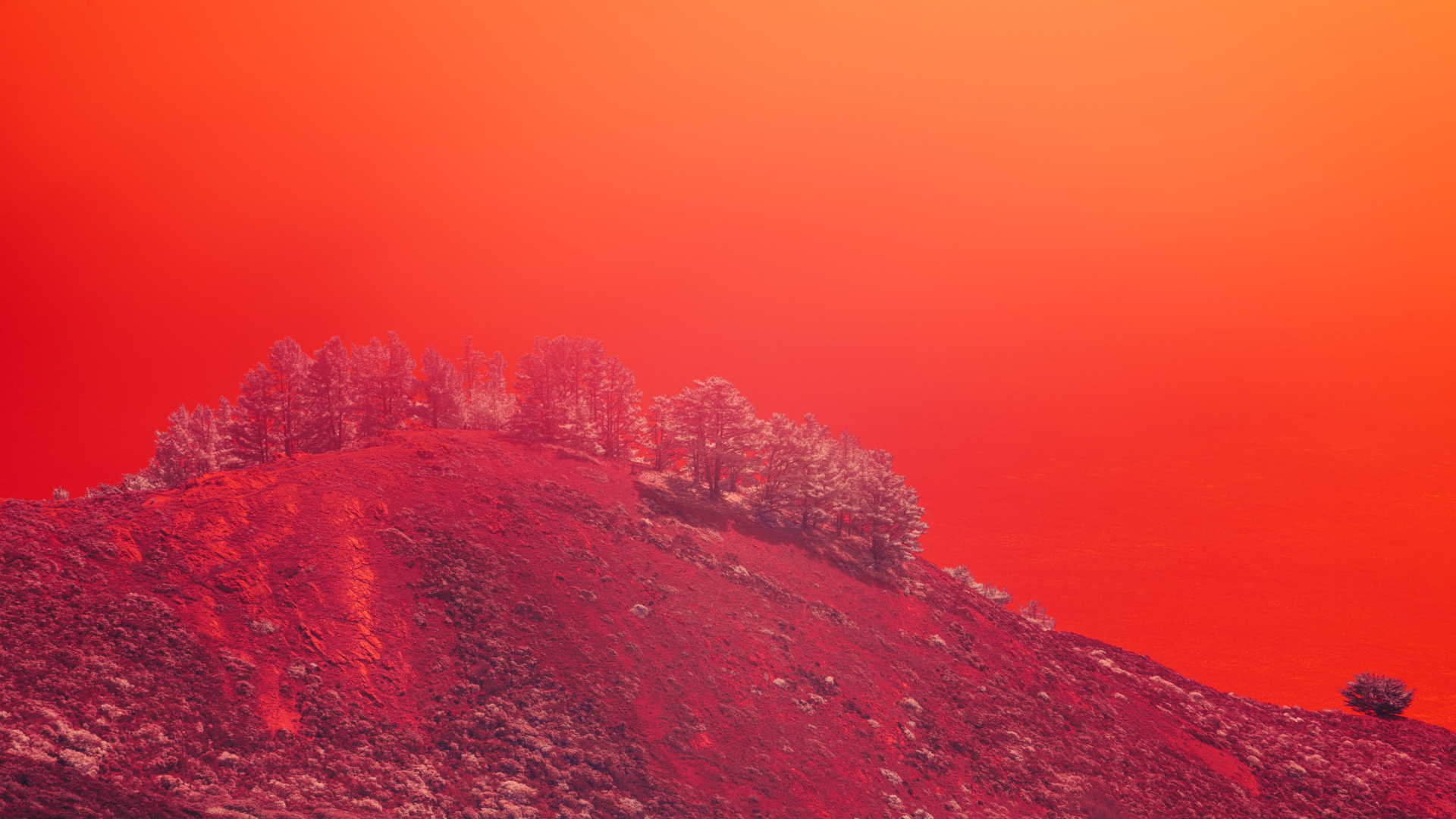
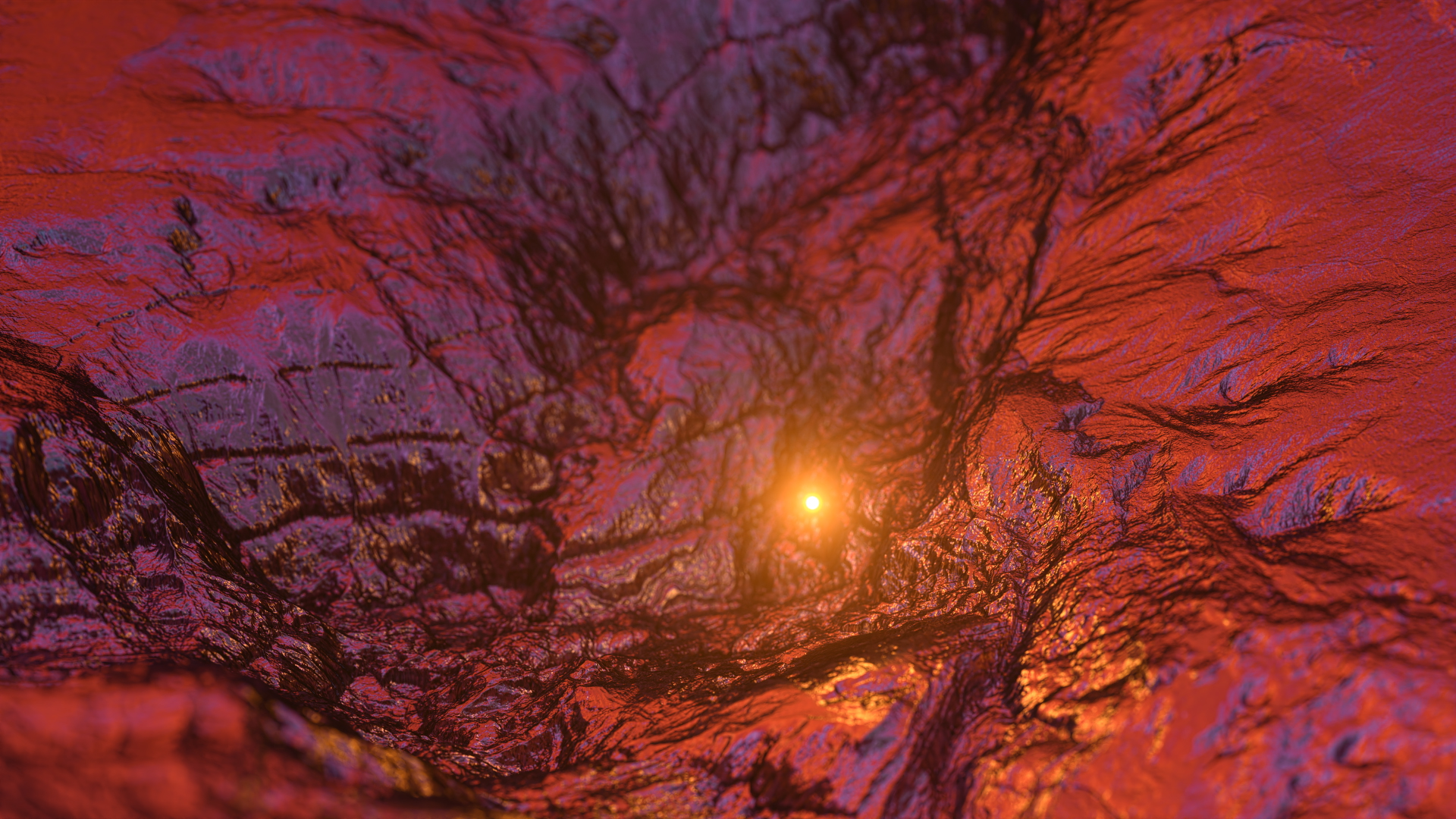
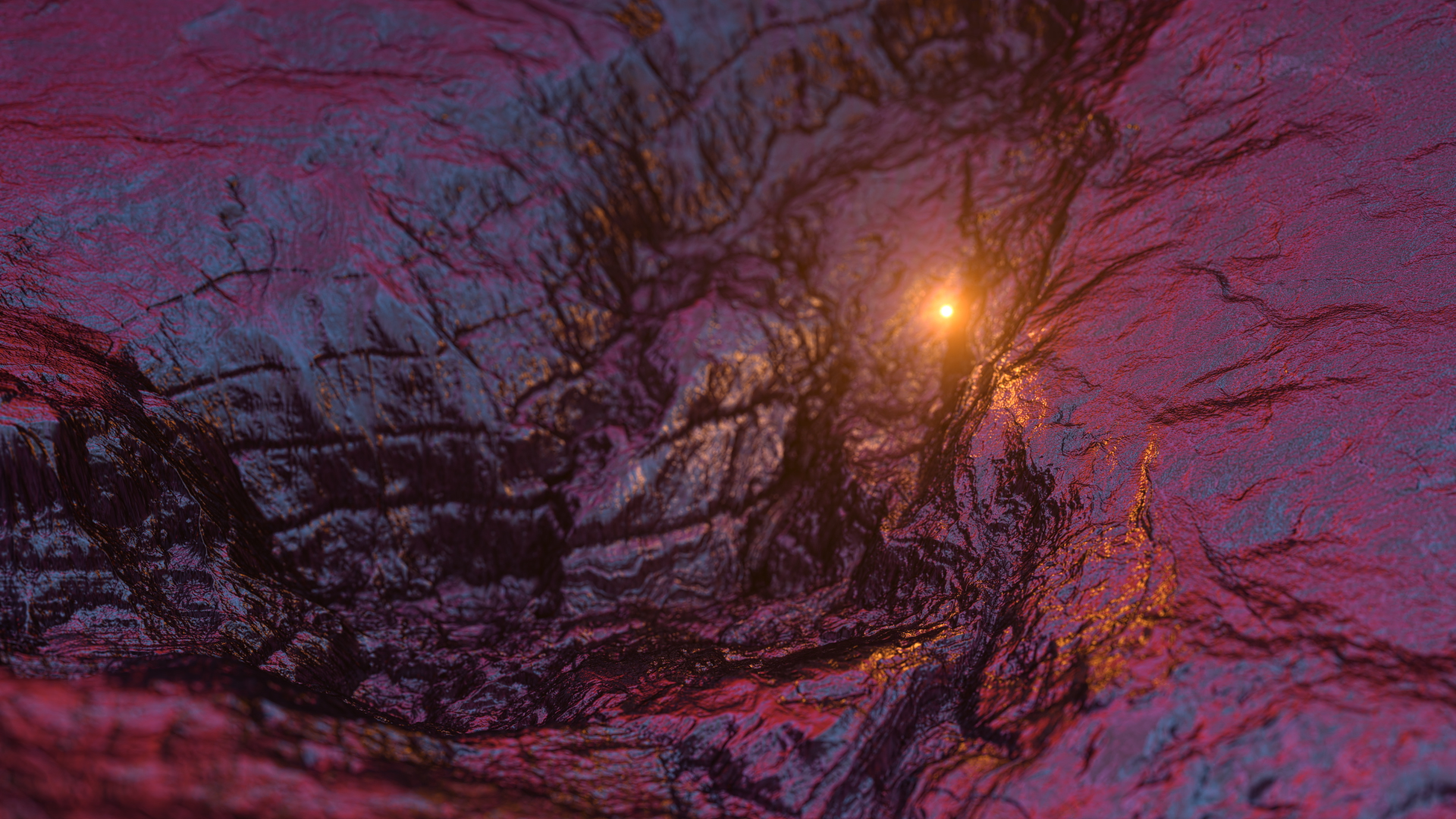
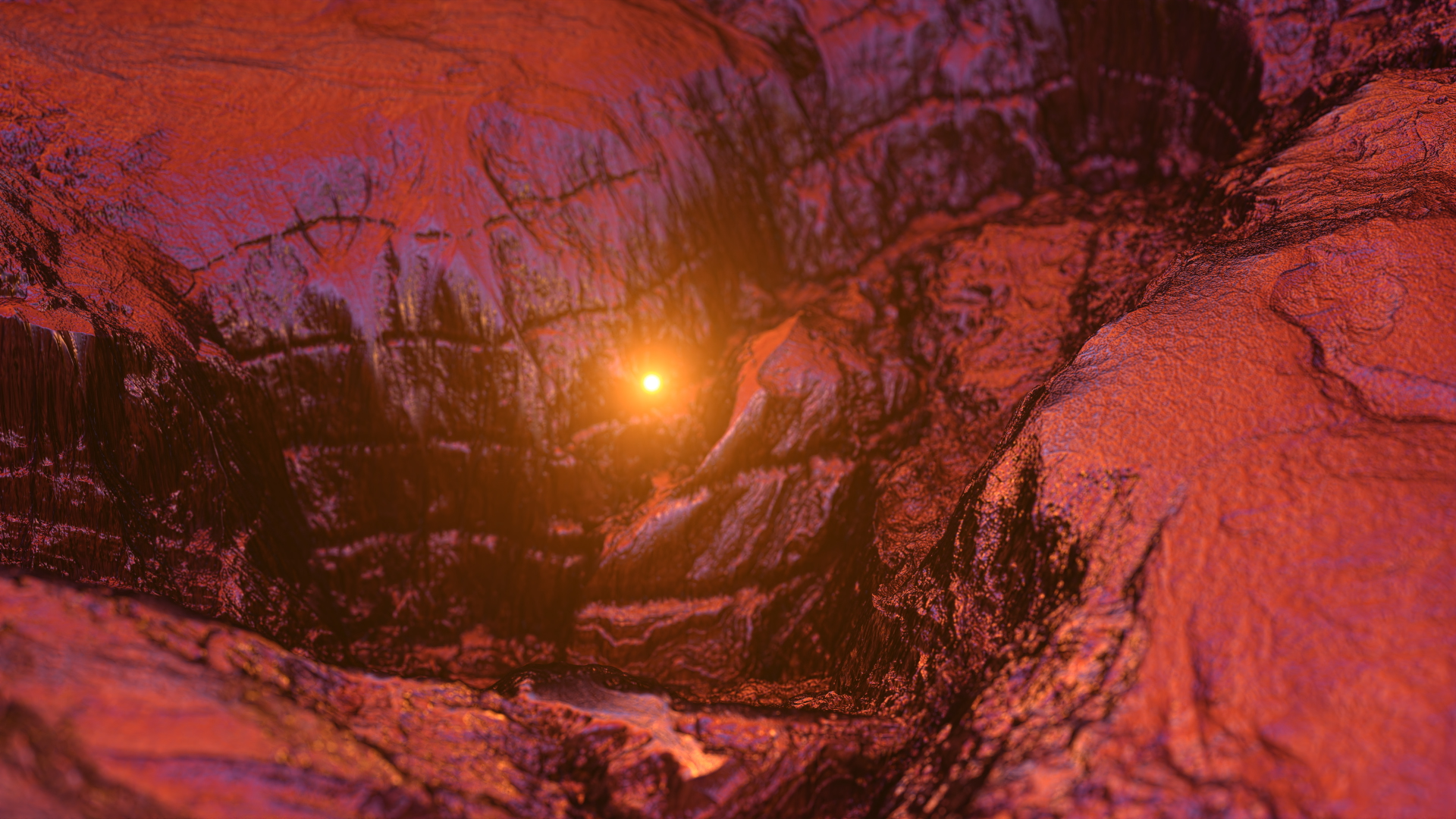
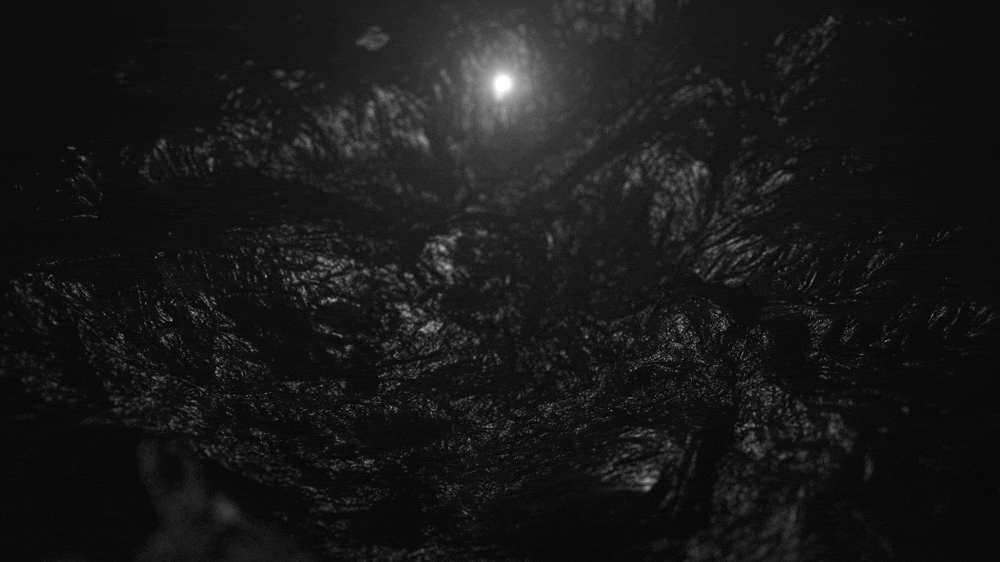
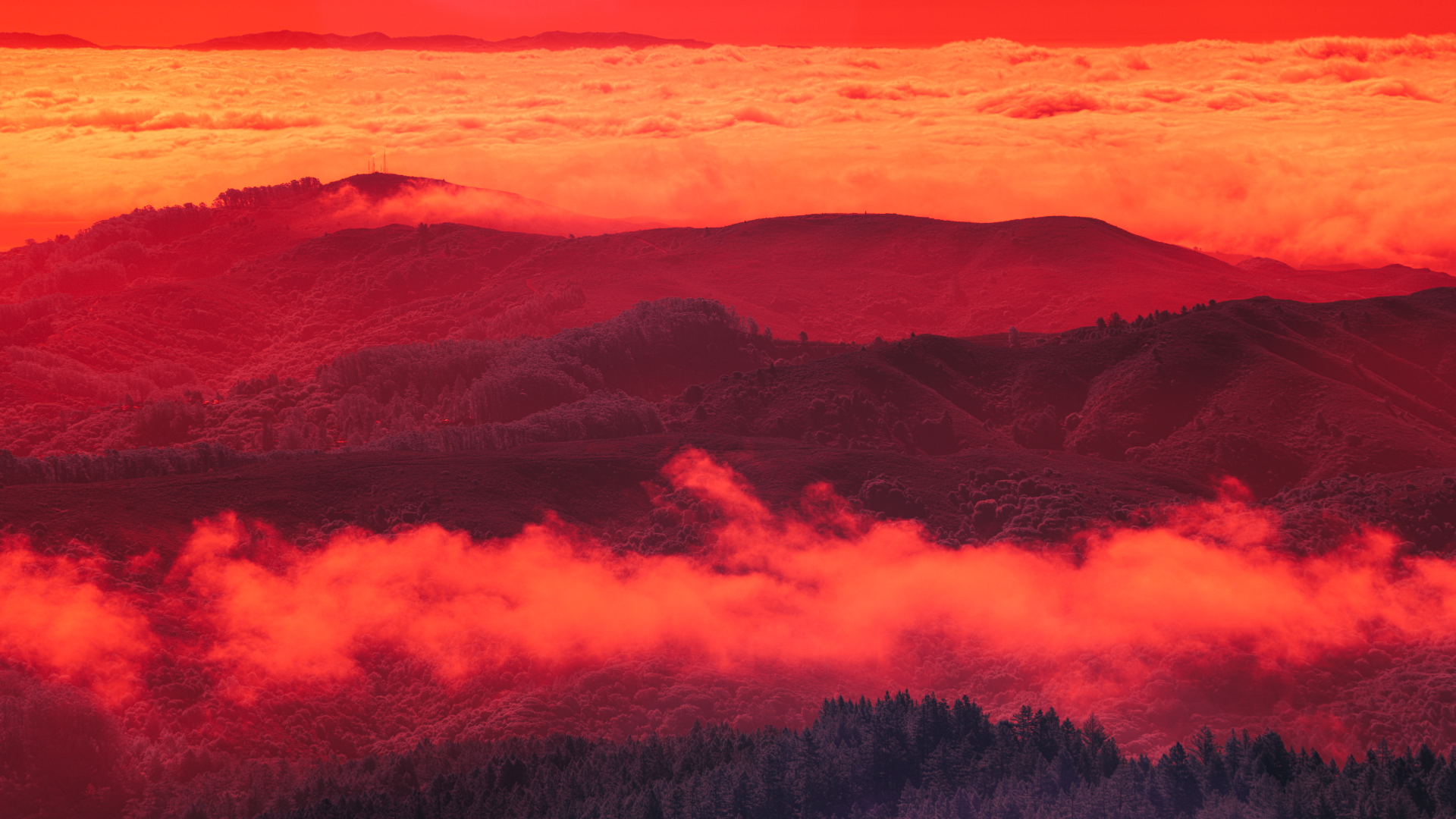


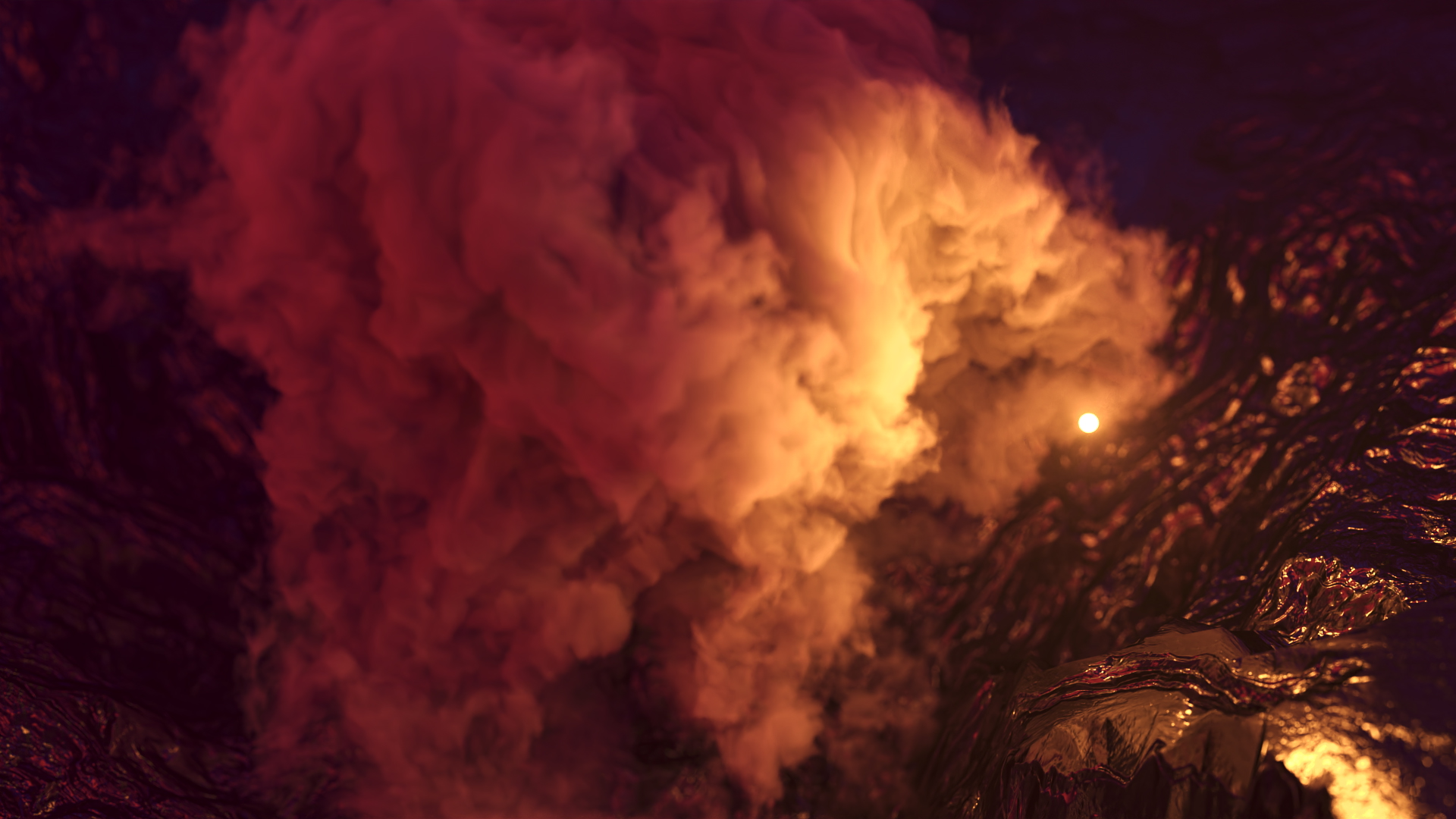
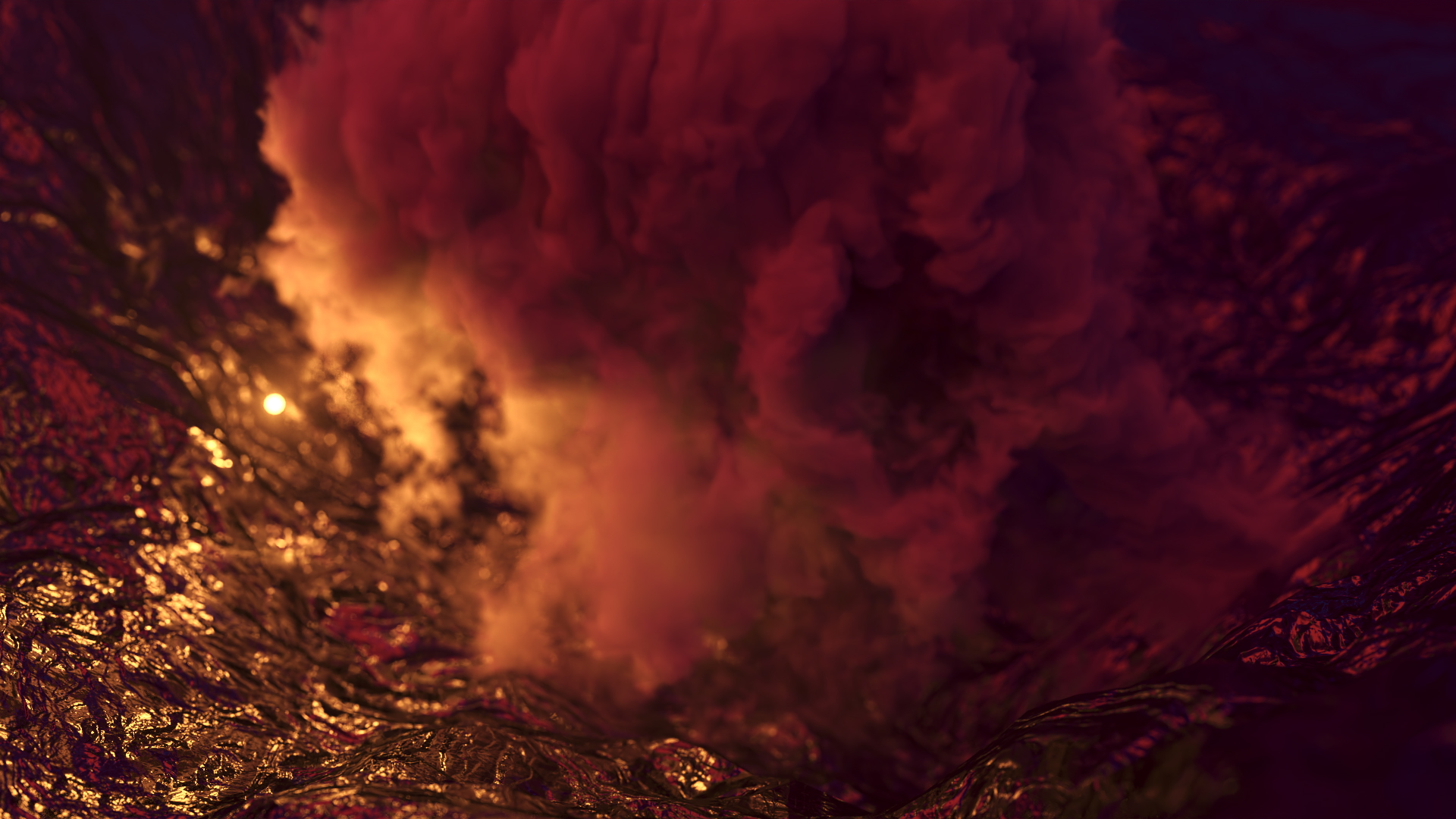
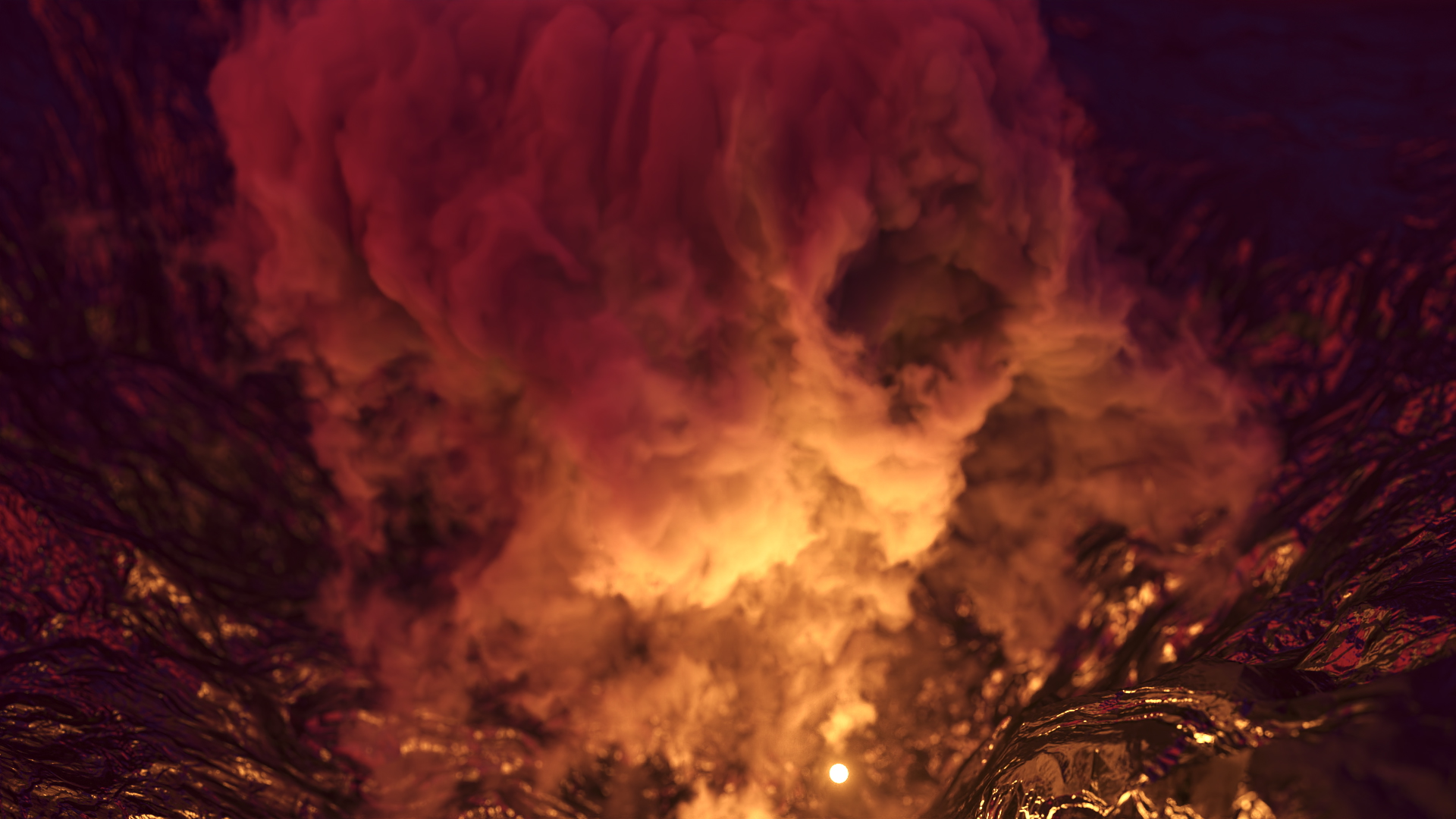
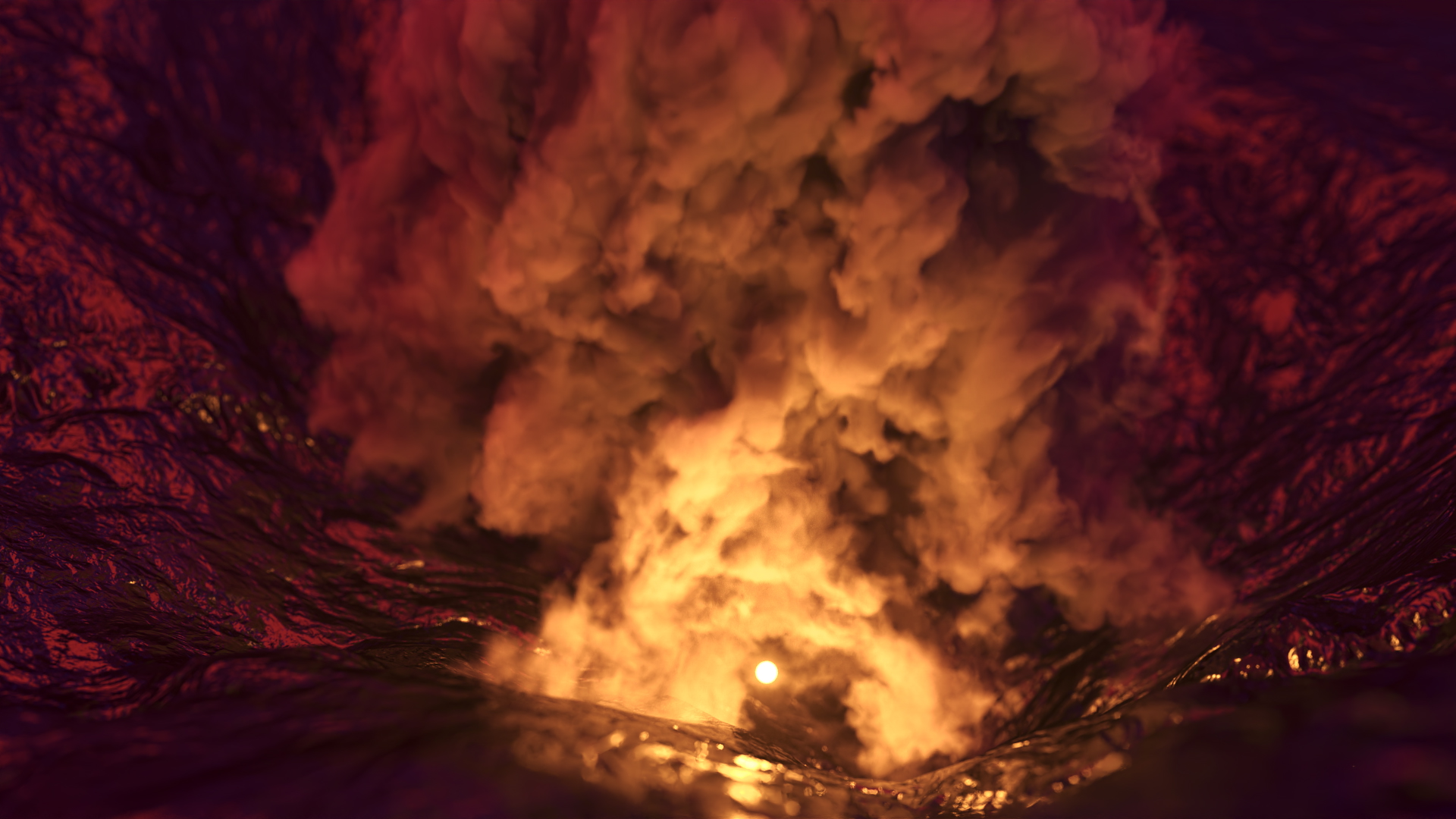

Credit List
Artists:
GMUNK
Nidia Dias
Alex Trochut
Shane Griffin
Rik Oostenbroek
Jody Macdonald
Orlando Arocena
Client: HP
Producer: Valtteri Laihanen
Concept Writer: Stephen Marshall
Music: Zelig Sound
Artists:
GMUNK
Nidia Dias
Alex Trochut
Shane Griffin
Rik Oostenbroek
Jody Macdonald
Orlando Arocena
Client: HP
Producer: Valtteri Laihanen
Concept Writer: Stephen Marshall
Music: Zelig Sound
Press Links
BANG & OLUFSEN –– Music and the Creative Process in The Living System
COMPLEX –– Seven Renowned Artists, One Breakthrough Collaboration
AUTODESK AREA –– GMUNK Creates Mesmerizing Fluid Sims with Bifrost
STASH MEDIA –– Z by HP “The Living System” Short Film Collaboration
WINDOWS EXPERIENCE BLOG –– Z by HP Ambassadors Create The Living System
CG SOCIETY –– GMUNK Crafts Hypnotic Fluid Simulations for The Living System
BANG & OLUFSEN –– Music and the Creative Process in The Living System
COMPLEX –– Seven Renowned Artists, One Breakthrough Collaboration
AUTODESK AREA –– GMUNK Creates Mesmerizing Fluid Sims with Bifrost
STASH MEDIA –– Z by HP “The Living System” Short Film Collaboration
WINDOWS EXPERIENCE BLOG –– Z by HP Ambassadors Create The Living System
CG SOCIETY –– GMUNK Crafts Hypnotic Fluid Simulations for The Living System